

The tank size is relative to the particular species that you plan to keep. I would almost certainly recommend a 55 Gallon (200 Litre) tank as a minimum tank size, however some smaller species of cichlids such as Tanganyikan Shell-Dwellers and Victorian Hap’s may cope in a smaller size tank. It is advisable to conduct some research on the particular species you intend to buy. I would personally recommend that you buy the largest fish tank that you can afford and of course accommodate in your home or office. African Cichlids are very territorial fish and need lots of places to hide therefore when calculating your tank size you must bear in mind that you will need to add a substantial amount of rocks to the aquarium to create the territories that the African Cichlids need. The more territory available the better! Be careful though as the rocks obviously reduce the volume of water the fish will have to swim around in.
pH is a measure of the acidity or alkalinity of the water.
All African Cichlids Prefer alkaline water conditions. This means a pH level above 7. The levels of pH vary depending upon the lake. Below you can see the ranges for each rift lake.
Cichlids are quite hardy fish meaning that they can cope with slight variations in pH levels. However, dramatic changes can result in the fish being shocked which will usually result in the fish contracting diseases or dying. It is best to monitor the pH levels on a regular basis using pH testing kits which are available from all good aquatic stores.
If you live in an area with hard water the pH levels will probably be fine straight from the tap but for those who don't there are several simple ways to increase the hardness of your water such as introducing any one of the following or indeed all of the following items to the aquarium.
The above items raise the alkaline range by adding phosphates and calcium to the water. These alone will typically only drive the pH to 7.6, which is suitable, but not ideal. There are some chemicals that you can add to the water if none of the above methods work, such as pH buffers.
The optimal temperature for African Cichlids is around 23-27 degrees C (74-80 degrees F).
is around 23-27 degrees C (74-80 degrees F).
High temperatures will increase a fish’s metabolism and boost their immune response, as well as stimulate aggression. The downside to this is that more water changes would then be required. On the flip-side, lowering the temperature in your tank will reduce the amount of aggression. This can be helpful if you need to diffuse a situation where you have some really aggressive fish in your tank. The main cause for aggression within an African Cichlid tank is to do with food. If the temperature is low and the metabolism of the fish has slowed then they are less likely to be hungry and therefore less likely to be aggressive towards each other.
The main types of substrate considered when setting up an African cichlid tank are as follows.
This is pretty much down to personal preference, I prefer to use Coral Sand. Cichlids like to dig and sift through the coral sand removing the larger particles from spawning sites. It is much harder for a fish to determine between large and small pieces of gravel and this doesn't help to promote breeding. Also as mentioned earlier in this article coral sand is a useful tool when you need to raise the waters pH level.
Whichever substrate you use I tend to have an even covering of between 1" and 1.5" on the tank bed. Make sure you place your chosen rocks in the tank before adding the substrate, if you don't the fish will dig and could cause a collapse of the rocks.
When decorated correctly an aquarium looks fantastic, however when it's done with little care the aquarium can look awful.
This is where you need to put your creative head on, simply placing rocks in the tank without applying any thought can make the tank look dreadful. Also when you consider the weight of the larger rocks it can be quite dangerous for your fish if they are not placed in the aquarium correctly. They could easily slip and fall. Also remember that your tank is made of glass which will not take too much abuse from falling rocks!
The most common types of tank decoration are rocks, plants and backgrounds.
Rocks
You can choose realistic looking rocks such as ocean rocks which are white in colour and are generally full of holes which create great territories for the fish to live in. Larger caves and gaps can be created by placing rocks on top of each other. The smaller holes in the rocks are great for fry to hide in, should you later choose to breed your fish.
Plants
Real plants are considered to be a 'no go' within an African Cichlid tank. The Cichlid species are far too aggressive and cause so much disruption it would be difficult for the plants to survive, also being vegetarians the cichlid species will take great delight in eating any plants you put before them. Luckily artificial plants are available and if you place them carefully they look just as good as the real thing. Plants also provide excellent spawning sites for Cichlids.
Backgrounds
The two types of backgrounds I use are the 'Stick On' type and the '3D Insert Type'
Stick On
These are photographs of natural looking environments which are printed to the same dimensions of your tank. There are many designs available and this option is cheaper than the '3D Insert Type' backgrounds. I recommend using a photograph of rocks as the fish will sit higher in the tank if they think that they are among more rocks.
3D Insert Type
This background type is much more expensive but they do look fantastic. They come in a range of designs and are fully submersible. The 3D backgrounds are very useful for hiding aquarium heaters and in-tank filtration systems. Try to choose a 3D background that matches the type of real rocks that you have in the foreground as this will look far more impressive.
Even after taking all the above into account tank decoration is entirely up to you, after all it's you that is going to see the aquarium daily.
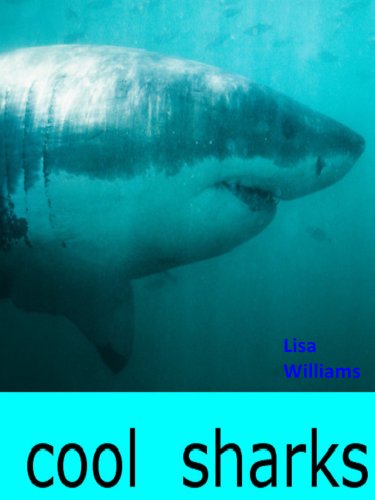 Why are there so Many More Shark Attacks?
In 2004 16 year old, J.P And
Why are there so Many More Shark Attacks?
In 2004 16 year old, J.P And
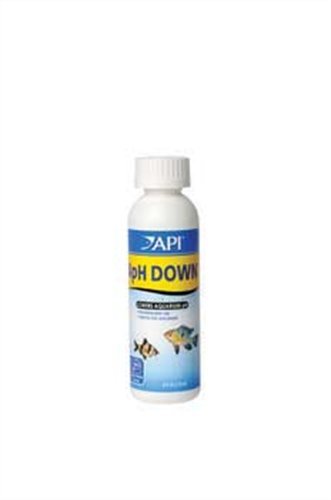 Cloudy Aquarium Water
How to Get Keep My Aquarium Water Clear
Cloudy Aquarium Water
How to Get Keep My Aquarium Water Clear
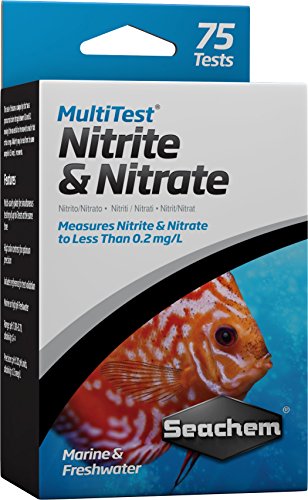 How to Reduce Nitrates in Fish Tank
You can always can find some nitrates in a typ
How to Reduce Nitrates in Fish Tank
You can always can find some nitrates in a typ
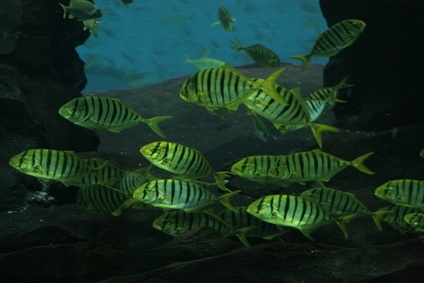 Freshwater & Saltwater Fish
Freshwater & Saltwater Fish
Freshw
Freshwater & Saltwater Fish
Freshwater & Saltwater Fish
Freshw
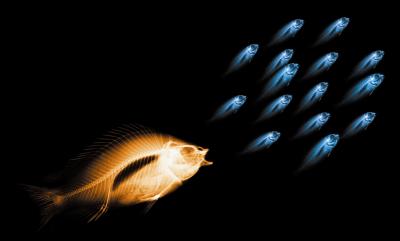 How to Choose Fish for Mini Aquariums
How to Choose Fish for Mini Aquariums
How to Choose Fish for Mini Aquariums
How to Choose Fish for Mini Aquariums
Copyright © 2005-2016 Pet Information All Rights Reserved
Contact us: www162date@outlook.com